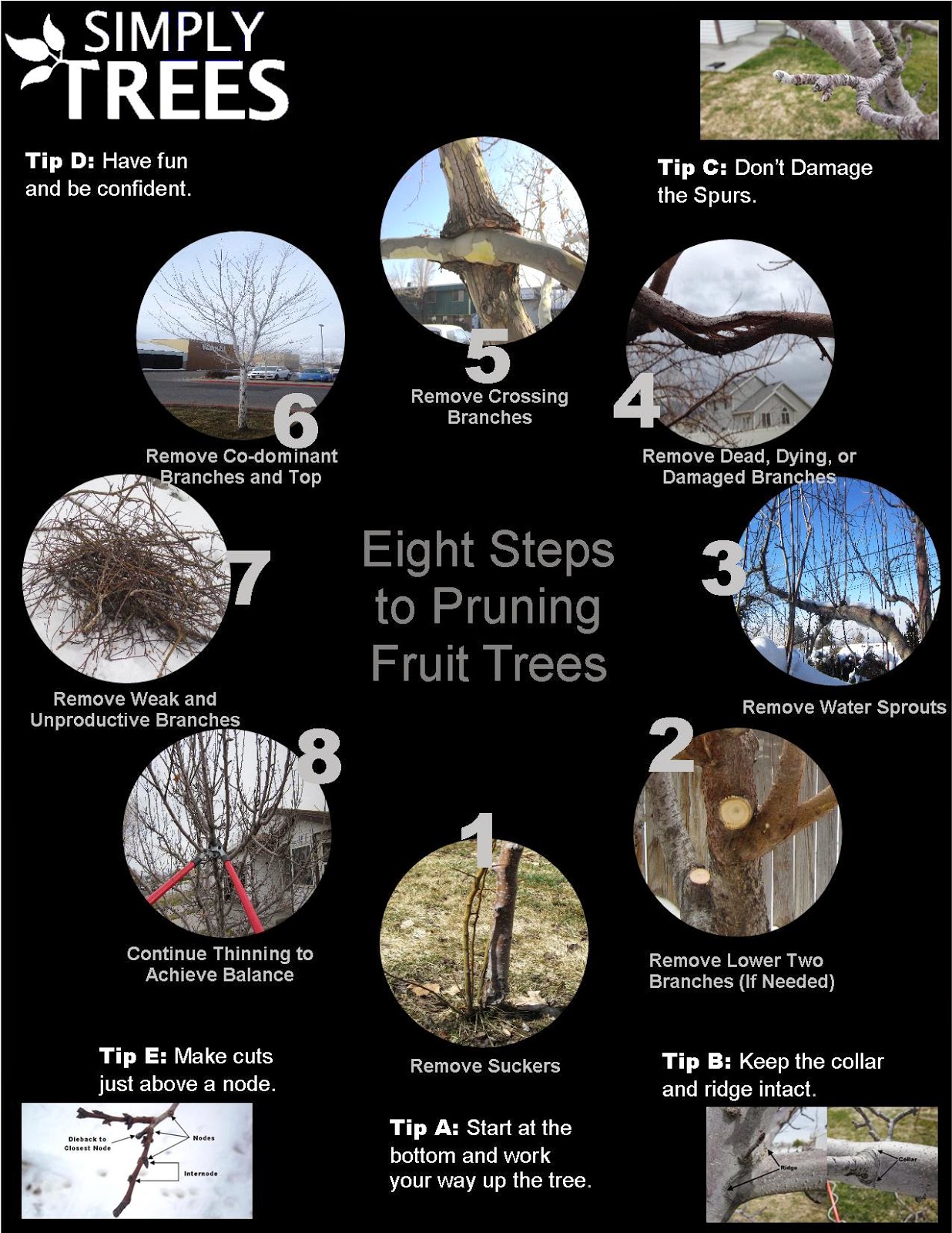Seasonal Tree Treatment: When And Just How To Trim For Best Results
Seasonal Tree Treatment: When And Just How To Trim For Best Results
Blog Article
Content Writer-Mullen Conner
When it concerns seasonal tree cutting, timing and method are essential for your trees' wellness and development. You could be surprised at how much an easy cut can urge new life. Recognizing when to prune inactive trees versus flowering ones can make all the distinction. However it's not almost when; it's additionally regarding exactly how you do it. Let's discover the most effective practices to guarantee your trees flourish.
Understanding the Best Seasons for Tree Trimming
When's the very best time to cut your trees? The answer lies in recognizing the seasons. Late winter months to early spring is commonly perfect, as trees are still dormant. This timing reduces tension and advertises much healthier growth when they stir up.
Nevertheless, if read on managing flowering trees, take into consideration cutting right after their blossoms discolor. This guarantees you will not cut off next year's flowers.
In summer, light cutting can help preserve form and get rid of any kind of dead or unhealthy branches. Prevent hefty trimming during autumn, as trees are planning for inactivity and could battle to heal.
Ultimately, understanding your tree species and neighborhood climate will certainly direct your cutting timetable. Choose wisely, and your trees will thrive wonderfully year-round.
Necessary Trimming Methods for Healthy Trees
Pruning your trees properly is important for their health and long life. Start by utilizing tidy, sharp devices to make precise cuts, which aids protect against damage and illness.
Focus on removing dead, harmed, or crossing branches initially; this urges better air flow and sunlight infiltration. When reducing, aim for an angle that advertises healing and decreases the danger of rot. Always https://www.vancouverislandfreedaily.com/community/photos-turkey-vulture-rescued-after-hanging-upside-down-in-a-tree-for-hours/ outside the branch collar, the inflamed location where the branch fulfills the trunk, to improve recovery.
For young trees, form them by precisely trimming to establish a strong structure. Finally, avoid over-pruning; eliminating too much vegetation can stress your tree.
Common Mistakes to Stay Clear Of When Pruning
Numerous property owners make crucial mistakes while trimming their trees, which can cause long-term damage.
One usual error is over-pruning, where you get rid of a lot of branches at the same time. This can stress the tree and prevent its growth.
One more error is making use of dull tools; sharp, clean tools make cleaner cuts that recover much faster.
Don't neglect to trim at the wrong season; winter is commonly best for many types, while summer is suitable for others.
Additionally, avoid cutting branches as well near to the trunk or leaving stubs, as both can welcome parasites and illness.
Lastly, falling short to go back and examine the tree's overall form can cause unequal development.
Keep these errors in mind for healthier, growing trees!
Final thought
Finally, seasonal tree cutting is important for your trees' health and growth. By pruning at the correct times-- late winter for inactive trees and right after flowers for flowering varieties-- you'll urge vivid foliage and blossoms. Remember to use clean, sharp devices and adhere to appropriate strategies to stay clear of damage. Avoid hefty trimming in the autumn and stay free from typical mistakes. With these tips in mind, you'll maintain your trees prospering all the time!
